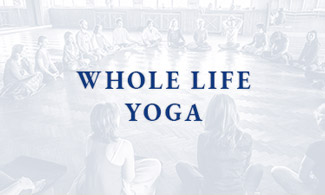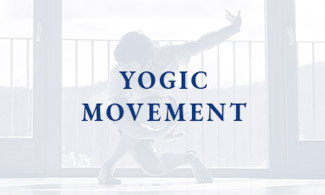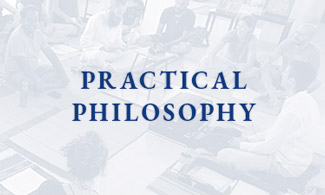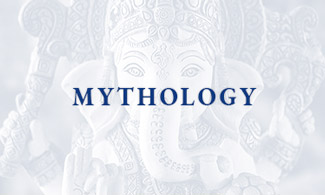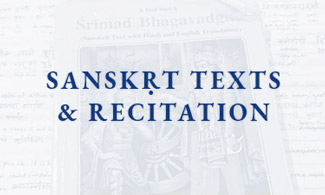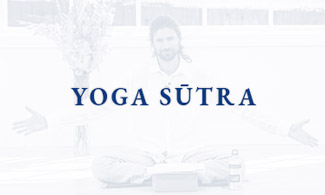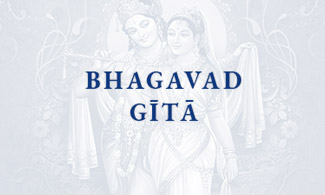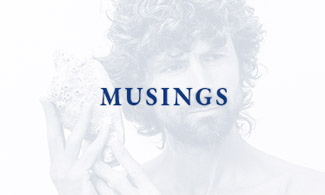
The ‘Gift’ of Conflict
When I first came across the Bhagavad Gītā, I was puzzled. I had heard that it was one of the greatest spiritual texts out there, and I’d come to understand that yoga was all about coming back to peacefulness.
So why was this most treasured text of the yoga tradition set on the battlefield? And why was the ‘hero’, the student, a ‘warrior’?
A couple of years later, I got to study the text with my teacher Lawrence Small, a direct student of Maharishi Mahesh Yogi and Swami Lakshmanjoo. He presented the Gītā from within the yoga tradition. As he introduced the text and explained that the battle was between two sets of cousins, it dawned on me: ‘It’s the battle inside, that all of us face every day. The forces that would spur us to our highest potential, to courageously heed the calling of our hearts and do our unique work; and those forces of limitation, that would shackle us to bondage and partialness: they have all grown up in the same field. Their roots may even be intertwined, and a pattern that may have been a positive force at one time can become inimical if it no longer serves our authentic purpose.’
The setting of conflict, with the student torn, prompts us to ask ourselves:
Have I ever ‘fought against myself’? Have I ever done something that is not in my own highest interest?
Has there ever been a day in our lives when any one of us hasn’t? And as long as we do ‘steal from ourselves’, self-sabotage, and cave in to the forces of limitation, the internal war continues. If we are going to emerge victorious and establish ourselves in peace, then we will need plenty of the qualities of a great warrior, not least steadiness, vigilant awareness, courage and valour.
So it’s altogether fitting that the Gītā is given senayor ubhayor madhye – in between the two sets of armies on the battlefield – because this is where yoga happens: right in the thick of it, in the middle of the whirling wonder of life. Kṛṣṇa tells us that when we feel torn, challenged, or conflicted, it’s really a great opportunity: to reaffirm those heroic qualities that would lead us to fulfilment; and prove to ourselves that we are breaking free of tendencies, even ones which may previously have been unconscious, that would limit us.
One fairly reliable way to identify such limiting patterns and bring them up to the surface is by working with the powerful lenses of the yama-s. When Patañjali, in his genius and grace, elaborates the way of practice with the eight limbs, he starts with the yama-s: behavioural principles to harness our energy and cultivate harmony. He describes these principles as the universal great vow to be adhered to at all times, regardless of the place, time, or circumstance of our birth/situation. As such, these five yama-s are not restrictions, but rather positive injunctions. They are:
- ahiṃsā: cultivating harmony/non-harming;
- satya: truthfulness, authenticity and presence;
- asteya: non-stealing/cultivating respect;
- brahmacarya: directing our energy towards totality;
- and aparigraha: being present without grasping: loosening our grip.
Working with the yama-s, for example by taking them in turn, week by week, as the frame for our practice (i.e. everything we do!), can be very powerful. One thing that often happens when we do this is that we start to see how the yama-s are all mutually supportive. Another, is that we soon find ourselves in situations where different yama-s would seem to urge us along different courses of action! However, when we come to such a place, this is actually a great opportunity.
Yoga is about coming back to the (peace-)fullness that we really are. To do this, we have to remove the limiting veils of our conditioning, the often subconscious rules we define ourselves and live by. When we work actively and steadily with the yama-s to cultivate harmony, we will come to these points of conflict, where the ‘rules’ we’ve been living by no longer fit together. When the yama-s would seem to point in different directions, that’s when we really have to work with the practice, to find that greater space where they can be reconciled. When they don’t cohere, we know the lenses they provide are really helping expand our awareness. Such times are opportunities to shed a layer of limitation and recalibrate our awareness with a broader, more inclusive perspective. Then of course, as we get used to operating at that slightly subtler pitch of integration, we are preparing for the next layer of unveiling, the next ‘campaign’ in our effort to establish real peace. Often, this will again be heralded by what might feel like crisis or conflict. However, as Kṛṣṇa reminds us, such situations are only gifts. Our task is to learn to unwrap them.
This article was first written for the April 2014 issue of Hong Kong basedmagazine ‘Namaskar’.
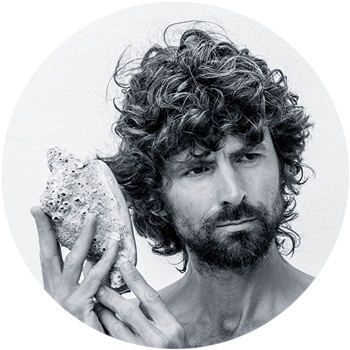
James Boag | Whole Life Yoga
The yoga of the whole human being. Practical philosophy, storytelling, movement, inquiry, looking in ways that reach beyond our habitual ways of looking.
Listen to James’ unique whole life yoga perspectives on the WHOLE LIFE YOGA podcast.

